The Dwight D. Eisenhower Carrier Strike Group (IKECSG) has returned to Norfolk, U.S., following a historic nine-month combat deployment, during which it launched 155 standard missiles, 135 Tomahawk Land Attack Missiles (TLAMs), and expended 420 air-to-surface weapons, according to a press release from Carrier Strike Group Two (CSG-2).
The deployment, which took place from November 2023 to June 2024, saw the IKECSG engage in extensive combat operations in the Middle East.
The strike group, including the USS Dwight D. Eisenhower (CVN 69), the nine squadrons of Carrier Air Wing (CVW) 3, the Ticonderoga-class guided-missile cruiser USS Philippine Sea (CG 58), and the Arleigh Burke-class guided-missile destroyers USS Gravely (DDG 107) and USS Mason (DDG 87), demonstrated exceptional combat prowess and resilience throughout the mission.
Chief of Naval Operations Adm. Lisa Franchetti praised the group’s performance, saying, “We provide options to our nation’s decision makers. Our job is to preserve the peace, respond in crisis, and if necessary, fight and win decisively, and you delivered on all of those objectives.”
According to the press release, the IKECSG’s actions included seven pre-planned strikes into Houthi-controlled territories in Yemen, collaborating with U.S. Air Force assets and coalition partners.
In total, IKECSG warships launched 155 standard missiles and 135 TLAMs from their vertical launch system across self-defence and pre-planned strikes. IKECSG aircraft expended nearly 60 air-to-air missiles and released 420 air-to-surface weapons.
Vice Adm. George Wikoff, commander of U.S. 5th Fleet, highlighted the significance of these operations, stating, “When called upon, the force brought the fight to the Houthis in their front yard, linking airpower and dynamic and self-defense strikes.” This robust response included the destruction of one-way attack uncrewed aerial vehicles, uncrewed surface vehicles, and uncrewed underwater vehicles.
“The currency used to fund this important mission was incredible focus, resiliency and professionalism of the sailors of the IKE Carrier Strike Group over eight months…this is the Navy’s finest moments since World War II,” added Vice Adm. Wikoff, quoted in the news release.
The IKECSG also played a crucial role in maritime security, successfully escorting over 28 high-value units through strategic waterways like the Strait of Hormuz and the Red Sea. During its deployment, the group rescued stranded civilians and provided essential support, further showcasing its versatility and commitment to humanitarian efforts. “These acts reduced the risk to shipping and also reinforced our nation’s commitment to maritime security,” Vice Adm. Wikoff emphasized.
Rear Adm. Kavon Hakimzadeh, Commander of CSG-2, expressed pride in the sailors’ achievements, stating, “These Sailors are surrounded by their loved ones after a long deployment. Every single one of them demonstrated a level of courage and resiliency that we can all be proud of. I am so proud to be part of this Navy team, and I am grateful to everyone who put in the time and effort to make this a great homecoming!”


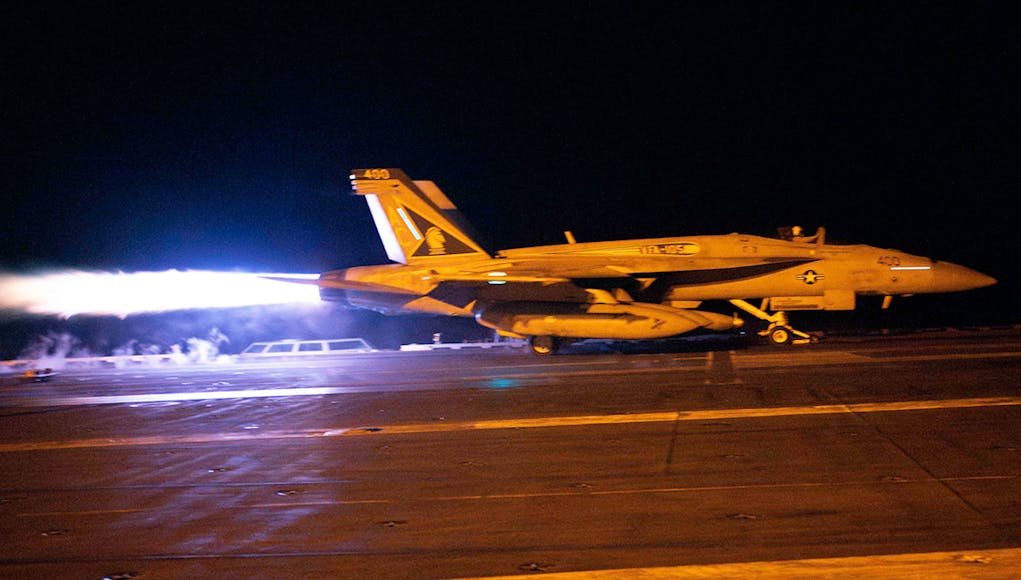


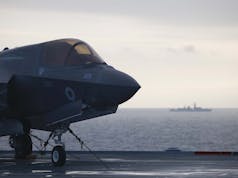
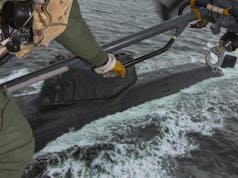

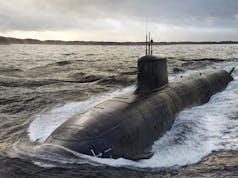


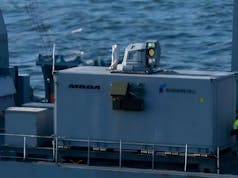


So they launched more TLAM in 9 months against desert rebels, than we hold in our entire inventory?
That statistic should make the hairs on the back of your neck stand up.
Unmatched military power.
I don’t compare vs the US as there’s no point, but yes, impressive.
I’m just pleased we are one of the few nations with TLAM capability.
What exactly is a ‘standard missile’?
A standard missile is the USN’s surface to air missile. Which are SM2, SM3 and SM6.
Just wondering…
What happened to SM4 and SM5?
Were they ever projects or were they just skipped?
Hi SB, I’d never heard of SM4 or 5, so did some background reading, as I was also interested. Why the gap? The history is a bit messy and convoluted. So here goes, managed to find this history on a blog:
“The SM-5 was the US Navy’s plan for an over-the-horizon, networked missile to leverage AEGIS CEC that would be targeted by E-2D Advanced Hawkeyes and would replace the SM-2(ER) Block IV. SM-3 is the upper tier BMD missile and SM-4 the cancelled RGM-165 Land Attack Standard Missile (LASM). However, SM5 sought of became SM6 supplanting the SM-2(ER) Block IVA.
SM-2 Block IVA was to be a lower altitude BMD (terminal phase) to complement SM-3 that would also have an extended range AAW capability to replace Block IV. Block IVA was cancelled in 2001 and the Navy needed a gap fill, so Raytheon proposed the SM-2 Block IV merges with the AIM-120C-7 to create the RIM-174 Extended Range AAW Missile (ERAM) aka SM-6. SM-6 will have the over-the-horizon, networked capability of the SM-5 but will have the AMRAAM’s active seeker autonomous terminal interception rather than the E-2D supported solution of the SM-5. But don’t write off the SM-5 yet… it may re-emerge, especially if the threat start to field active seeker decoys.”
To add, the SM6 uses the AMRAAM’s radar, but with a bigger surface area antenna. Giving it a greater detection range. It has a Link-16 data-link. Which enables 3rd party targeting and mid-course navigation updates against targets. So in essence it can do a fair portion of what CEC brings to the party.
So from the blog, I think the SM4 was a proposal of a land attack missile using the SM2 body. Where it would have a quasi ballistic flight path towards its target. But it seems SM6 has taken k er this requirement. But as it uses an active radar it can also be used against moving ship targets.
Therefore it looks like SM6 has subsumed the roles of SM4 and SM5. To become a multipurpose fo it all missile.
Thanks DB, that makes a lot of sense.
I suppose there aren’t any plans for SM7?
What the cost of each air to surface missiles? TLAM?
And did it have any effect on Houthi activity whatsoever? It would appear that they have successfully attacked an oil tanker only yesterday
Yet the Israeli Air Force managed do more infrastructure damage in one night than the whole carrier strike group managed. If it wasn’t for politics and the pentagon not wanting to inflame the whole middle east, they would have. Did the Israeli air strike do that, not so much.